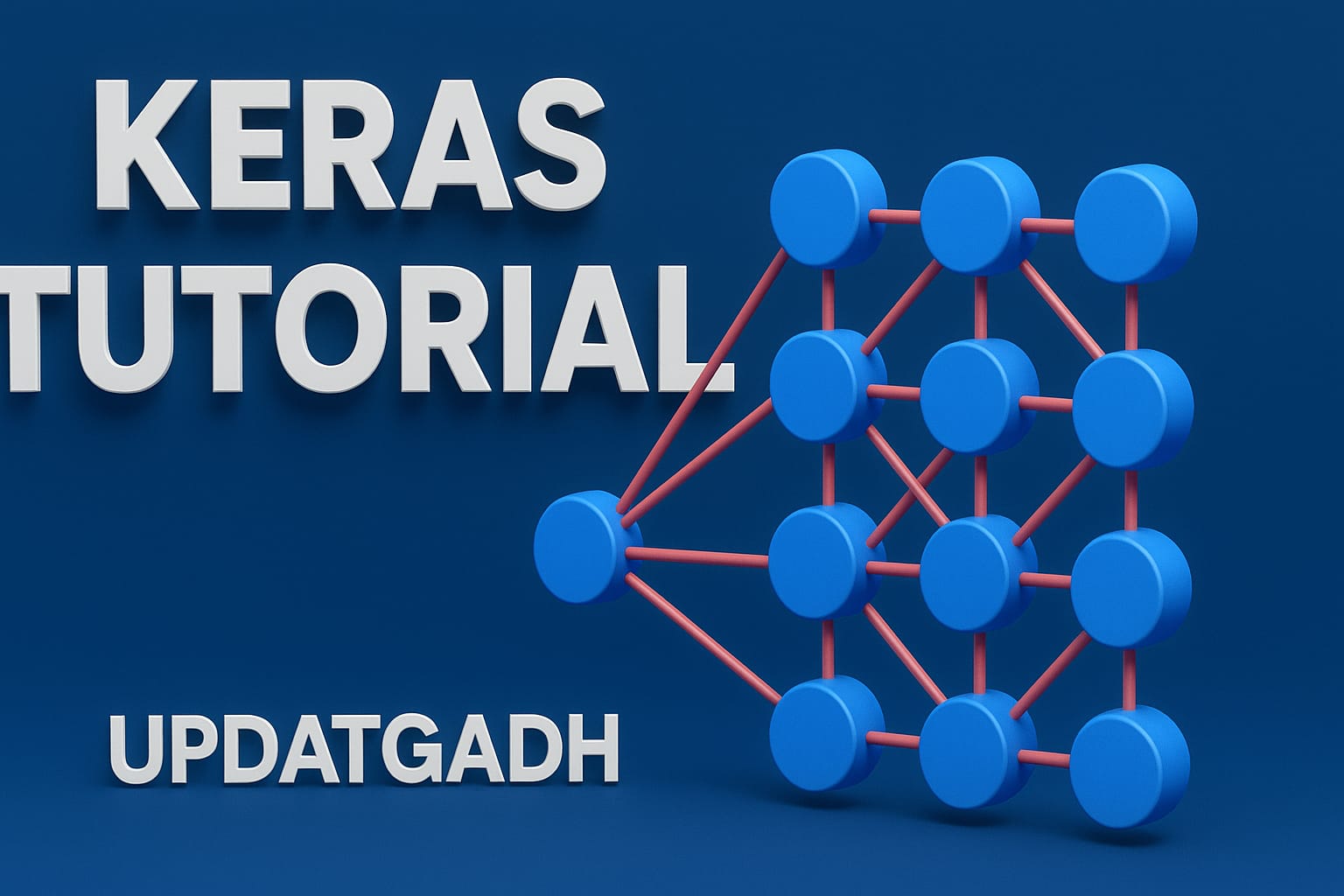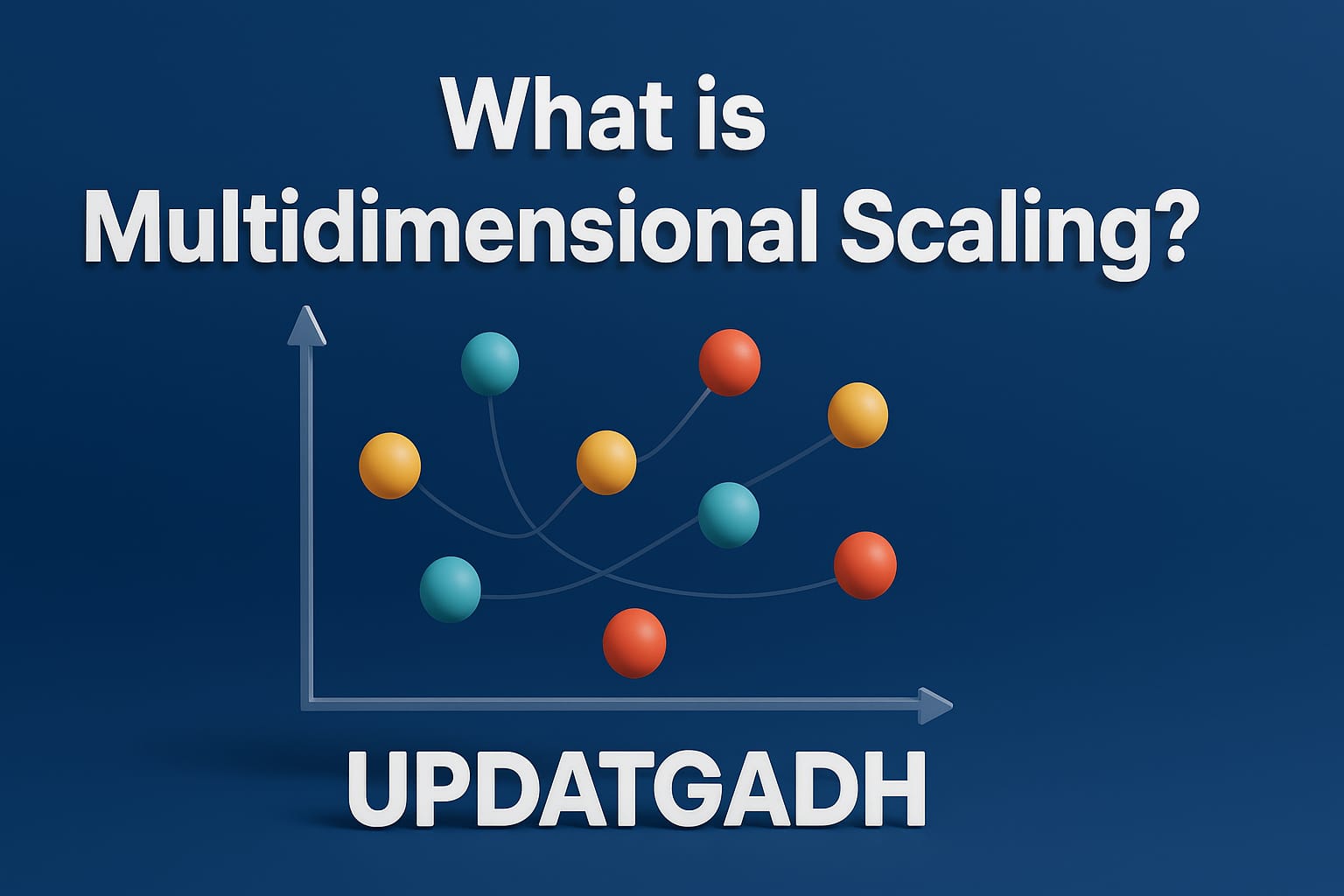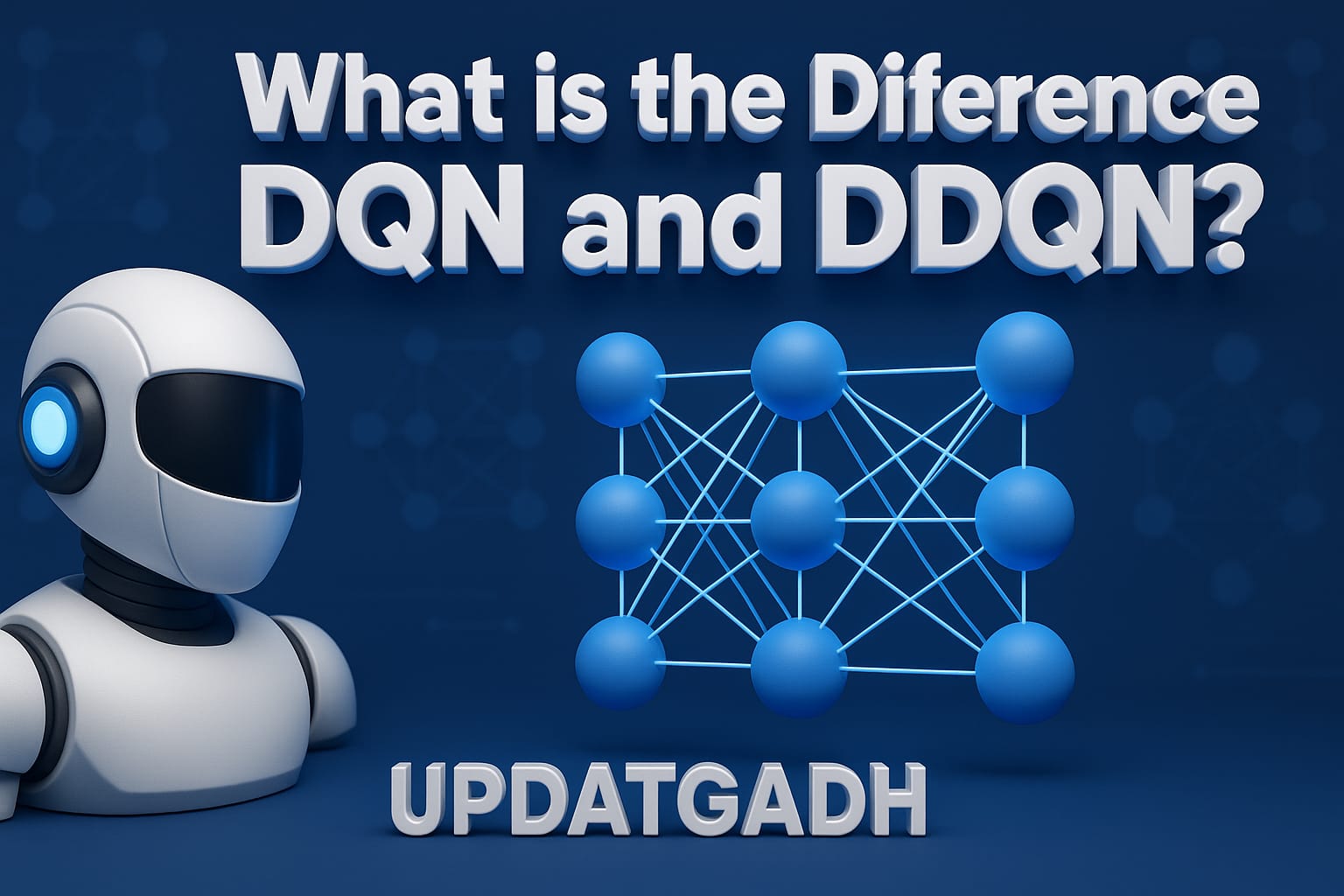
Classification of Neural Networks
Classification of Neural Networks
Introduction
Neural networks are a foundational concept in modern machine learning and artificial intelligence (AI), inspired by the biological neural structures of the human brain. Layers of interconnected units called neurones make up these models, which process and send data in an organised way.
At their core, neural networks take raw input data—such as numerical values, images, or text—and pass it through multiple layers. The input layer receives the data, hidden layers identify patterns and extract features, and the output layer produces the final prediction or classification. Through training, the network adjusts internal parameters (weights and biases) to improve accuracy and minimize error over time.
Key components of neural networks include activation functions (which introduce non-linearity), loss functions (to quantify errors), and optimization algorithms (to update weights). With the rise of deep learning, advanced architectures have achieved remarkable performance in areas like healthcare diagnostics, autonomous driving, and financial forecasting.
Machine Learning Tutorial:-Click Here
Data Science Tutorial:-Click Here
Complete Advance AI topics:-CLICK HERE
DBMS Tutorial:-CLICK HERE
TensorFlow Overview
TensorFlow, developed by Google Brain, is a powerful open-source platform for building and deploying machine learning models. It offers a comprehensive ecosystem that supports everything from model creation to deployment across different environments.
At the heart of TensorFlow is its computational graph architecture, where operations are represented as nodes and data flows as tensors between them. This design allows for optimized execution across CPUs, GPUs, and TPUs (Tensor Processing Units), enabling efficient and scalable computation.
Key Features of TensorFlow:
- Flexibility: TensorFlow supports both low-level operations for detailed control and high-level APIs like Keras for rapid prototyping.
- Scalability: Models can scale from a single device to distributed training environments.
- Modularity: Custom operations, layers, and training procedures can be easily integrated.
- Cross-Platform Support: Models can be deployed on mobile devices, web browsers, cloud services, or desktop systems.
- Robust Ecosystem: TensorFlow offers tools for data preprocessing, model visualization (e.g., TensorBoard), and deployment (e.g., TensorFlow Serving).
- Community & Documentation: A large, active community contributes to TensorFlow’s evolution, and users benefit from extensive documentation and support.
Types of Neural Networks
Understanding the different types of neural networks helps in choosing the right architecture for a specific task. The most popular neural networks are categorised as follows:
1. Feedforward Neural Networks (FNNs)
- the most basic type of neural networks, in which data only moves from input to output.
- consists of an output layer, an input layer, and one or more hidden layers.
- frequently employed for simple tasks like regression and classification.
- Lacks memory or feedback connections.
2. Convolutional Neural Networks (CNNs)
- Specially designed for grid-like data structures such as images.
- To find local features like edges, colours, and textures, use convolutional layers that apply filters.
- Ideal for computer vision tasks like object detection, image classification, and facial recognition.
- frequently used in conjunction with pooling layers to improve feature abstraction and decrease dimensionality.
3. Recurrent Neural Networks (RNNs)
- to improve feature abstraction and decrease dimensionality, frequently in conjunction with pooling layers.
- Retain memory of previous inputs using hidden states, making them suitable for time-dependent data.
- extensively employed in language modelling, speech recognition, and time-series prediction.
4. Long Short-Term Memory Networks (LSTMs)
- a specific kind of RNN designed to address the issue of disappearing gradients.
- Introduce gates (input, forget, and output) and memory cells to capture long-range dependencies.
- incredibly efficient at tasks like handwriting detection, sentiment analysis, and machine translation.
5. Gated Recurrent Units (GRUs)
- Similar to LSTMs but with a more compact architecture.
- Use fewer gates (update and reset gates) and are computationally more efficient.
- Perform well in similar contexts as LSTMs, such as language modeling and audio processing.
6. Autoencoders
- Unsupervised networks are made to efficiently learn input data codings.
- consists of two components: a decoder that reconstructs the data and an encoder that compresses it.
- Common applications include data denoising, dimensionality reduction, and anomaly detection.
7. Generative Adversarial Networks (GANs)
- comprise a discriminator and a generator, two rival networks.
- The discriminator attempts to discern between authentic and fraudulent inputs, while the generator generates fictitious data samples.
- utilised in the creation of synthetic data, style transfer, data enrichment, and image generation.
8. Transformer Networks
- Introduced to handle sequential data more efficiently by using self-attention mechanisms.
- Unlike RNNs, transformers process the entire input at once, allowing for parallelization.
- dominant in NLP tasks including text generation, summarisation, and language translation.
How to Classify Using Neural Networks with TensorFlow
1. Selecting the Right Architecture
Choose an appropriate neural network architecture based on:
- The nature of the input data (images, text, time-series).
- The type of classification task (binary, multi-class, sequential).
- Available computational resources and performance goals.
2. Data Preparation
- Import and clean the dataset.
- Divide the data into test, validation, and training sets.
- Normalize or augment the data if necessary for improved training results.
3. Model Construction
- Use TensorFlow’s Keras API (Sequential or Functional) to define the model.
- Layers such as Dense, Conv2D, LSTM, and others should be stacked with the proper activation functions.
- Adapt the architecture to the needs of the particular domain.
4. Compiling the Model
- Choose an optimizer (e.g., Adam, SGD).
- Select a loss function:
binary_crossentropyfor binary classification.categorical_crossentropyfor multi-class problems.
- Define evaluation metrics such as accuracy, precision, and recall.
5. Training the Model
- Use
model.fit()to begin training. - Define
batch_sizeandepochs. - Monitor training using callbacks like early stopping to prevent overfitting.
6. Evaluating the Model
- Use
model.evaluate()to test on unseen data. - Generate a classification report including metrics like F1-score, confusion matrix, and AUC.
- Identify areas for improvement using performance diagnostics.
7. Making Predictions
- Apply the trained model to new data using
model.predict(). - Convert raw outputs to class labels using thresholds or
argmaxfunctions.
8. Fine-Tuning and Optimization
- Adjust hyperparameters, architecture, or training strategies based on evaluation outcomes.
- Apply techniques such as dropout, batch normalization, or learning rate schedules for better generalization.
Complete Python Course with Advance topics:-Click Here
SQL Tutorial :–Click Here
Download New Real Time Projects :-Click here
Conclusion
The classification of neural networks provides a foundational understanding of how different architectures can be applied across various domains. From feedforward networks handling simple classification to transformers powering advanced language models, the choice of network directly impacts the success of AI applications.
TensorFlow, with its flexible and scalable framework, empowers developers and researchers to design, train, and deploy these models effectively. Whether you’re building a handwritten digit recognizer or a real-time language translator, understanding neural network types and workflows is essential for modern AI development.
For more insightful AI content and practical deep learning guides, keep exploring Updategadh.
types of neural networks in deep learning
types of artificial neural networks
types of neural networks and their applications
types of neural network class 10
recurrent neural network
feed forward neural network
types of neural network class 9
convolutional neural network
classification of neural networks in machine learning
classification of neural networks in deep learning
classification of neural networks in python
classification of neural networks in ai
classification of neural networks geeksforgeeks







Post Comment